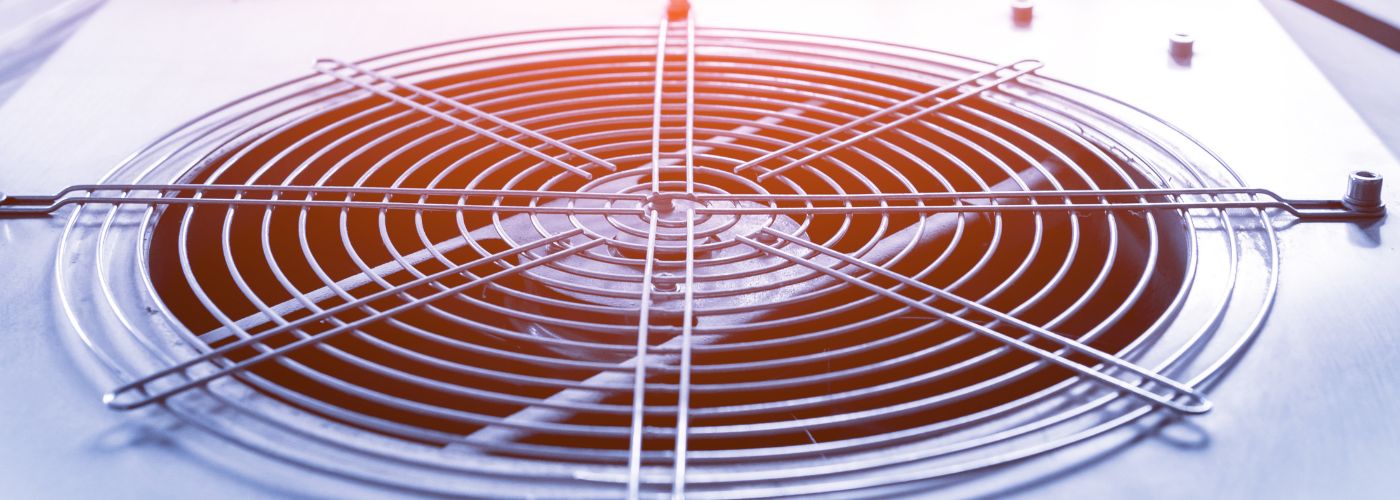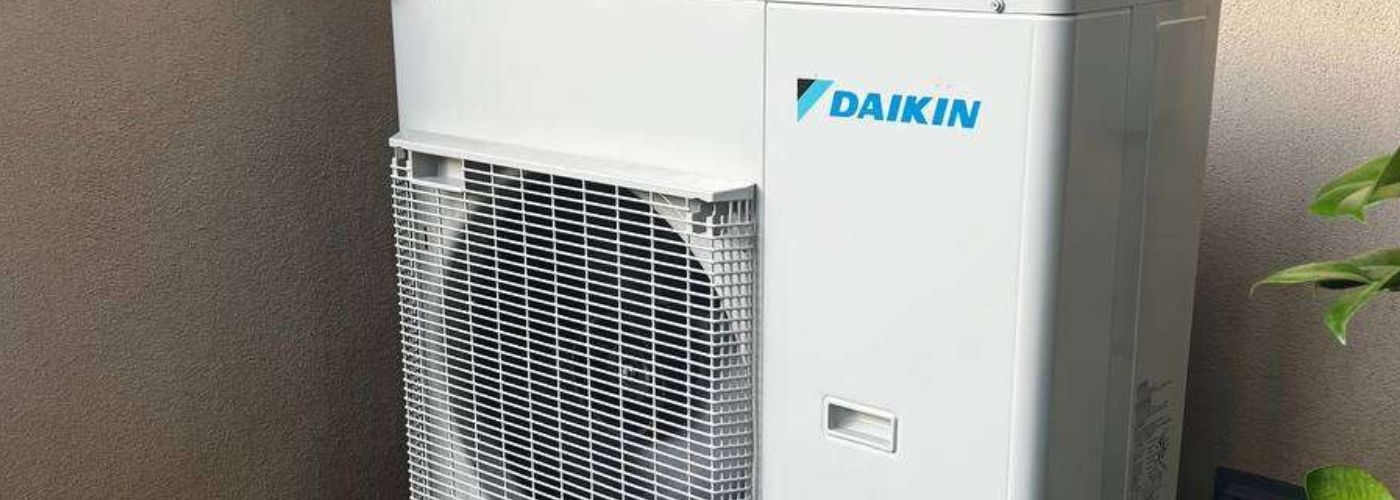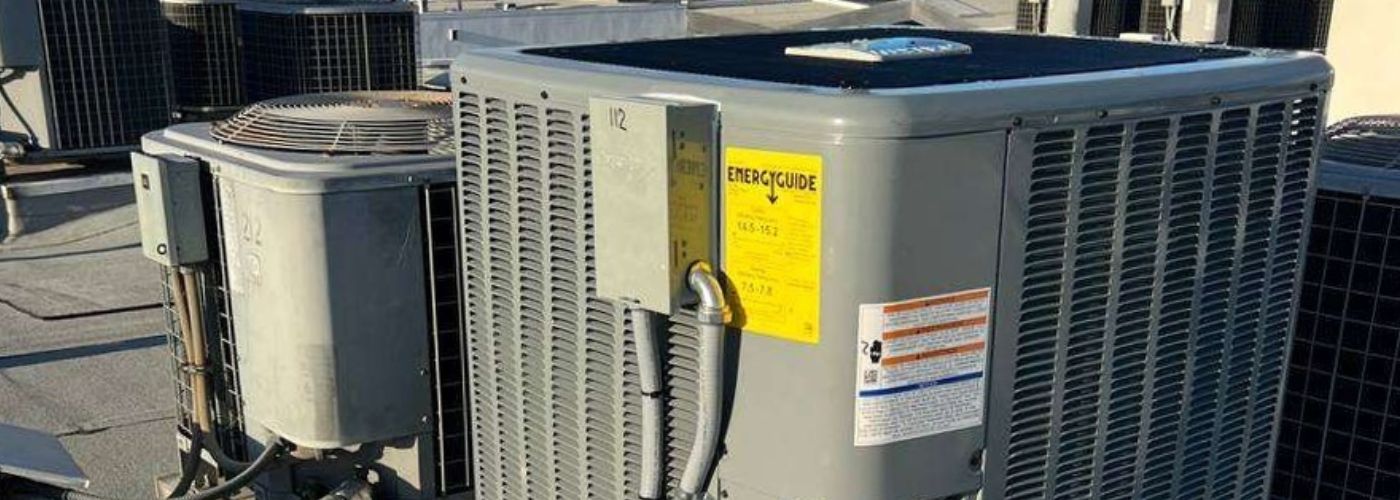Do SEER ratings matter, or are they just another number lost in the sea of HVAC jargon? As temperatures soar and utility bills climb higher than summer thermometers, understanding this rating can mean the difference between comfort and chaos—or savings and splurging. We’ll unravel what SEER ratings really signify, how they influence your energy costs over time, and whether investing in higher-rated systems genuinely pays off.
What Is A SEER Rating?
A SEER rating, or Seasonal Energy Efficiency Ratio, is a critical metric used to measure the efficiency of air conditioning and heat pump systems. It represents the cooling output provided by an HVAC system over an average cooling season, divided by the total energy consumed in watt-hours.
A higher SEER rating indicates a more efficient system—essentially, you get more cooling for less energy consumption. This efficiency not only translates to lower utility bills but also contributes to reduced environmental impact by lowering greenhouse gas emissions.
You might be surprised to learn that investing in a higher SEER-rated unit can pay off significantly over time. While the initial cost may be higher than standard models, homeowners often find they recoup these expenses through substantial energy savings within just a few years.
Additionally, many states and utility companies offer rebates or tax incentives for upgrading to high-SEER units, making them even more financially appealing.
What Is A Good SEER Rating?
A good SEER rating is crucial for assessing the energy efficiency of air conditioning systems, with higher numbers indicating better efficiency and lower operating costs. For residential air conditioners, a SEER rating of 14 to 16 is considered good, while ratings above 16 are excellent and signify top-tier performance.

In fact, as of January 2023, the U.S. Department of Energy mandates that new central air conditioning systems must have a minimum SEER rating of 14 in most regions; however, some high-efficiency models can achieve ratings as high as 20 or even above.
It’s important to note that while a higher SEER rating often translates to energy savings and reduced utility bills, it may also come with a higher upfront cost. Therefore, homeowners should consider their specific climate conditions and usage patterns when selecting an air conditioning unit.
Investing in a model with a good SEER rating can lead to substantial long-term savings on energy bills and contribute positively to environmental sustainability by reducing overall energy consumption.
What Is A Bad SEER Rating?
Generally, a SEER rating below 13 is considered poor by modern standards; many older units fall into this category, often rated between 8 and 12. These lower ratings not only reflect outdated technology but also signify that the unit will require more energy to cool a space effectively, leading to elevated electricity bills.
Again, the U.S. Department of Energy has set a minimum efficiency standard of 14 SEER for new central air conditioners in most regions. Therefore, if you own an air conditioner with a SEER rating below this threshold, it may be time to consider an upgrade.
Not only will HVAC replacement help reduce your monthly expenses, but it can also enhance indoor comfort levels while contributing to environmental sustainability through reduced greenhouse gas emissions associated with higher energy use.
Ultimately, understanding what constitutes a bad SEER rating can guide homeowners toward making informed decisions about their cooling systems and encourage investment in more efficient technologies.
Tips To Finding The Best SEER Rating For Your AC System
It’s essential to consider your home’s specific needs rather than just opting for the highest rating. A higher SEER means greater efficiency, but this can also lead to increased upfront costs.
Start by assessing your local climate; if you reside in an area with long, hot summers, investing in a unit with a higher SEER could save you substantial energy costs in the long run. Some homes require bigger units to effectively cool larger spaces, while others may benefit from zoned cooling systems that allow for individualized temperature control in different areas of the house.

Next, take into account your home’s insulation and layout. Well-insulated homes can often achieve adequate cooling with a lower SEER unit because they retain cool air better, reducing overall energy consumption. Conversely, if your home has significant air leaks or inadequate insulation, it may require a higher-rated AC system to compensate for those inefficiencies.
What AC Brands Have Good SEER Ratings?
When it comes to selecting an air conditioning unit that fuses efficiency with performance, units like Daikin DC4SE and Mitsubishi Ceiling Cassette consistently shine with their remarkable SEER ratings.
Daikin stands out for its innovative technology and focus on sustainability, offering several models that boast SEER ratings well above 20. This high efficiency not only translates into lower energy bills but also contributes to a reduced carbon footprint, appealing to environmentally conscious consumers.
Mitsubishi, known for its cutting-edge ductless mini-split systems, presents a compelling alternative for those looking to minimize space while maximizing energy efficiency. Many of their systems achieve SEER ratings upwards of 24, showcasing how modern engineering can deliver comfort without compromise.
What To Avoid With SEER Ratings
When navigating the world of SEER ratings, one common pitfall is assuming that a higher number always equates to optimal energy savings and efficiency. While it’s true that SEER ratings help gauge air conditioning performance over a typical cooling season, they don’t account for variations in climate or individual usage patterns.
Buyers often overlook the importance of local climate conditions, which can dramatically impact how much energy a system uses and saves throughout its lifespan.
Another misstep is neglecting the role of installation quality. A high-SEER unit poorly installed will underperform compared to a moderate-SEER unit that has been expertly set up.
Prioritizing proper installation by certified professionals ensures that all components function harmoniously, maximizing potential efficiencies gleaned from those attractive SEER numbers.
